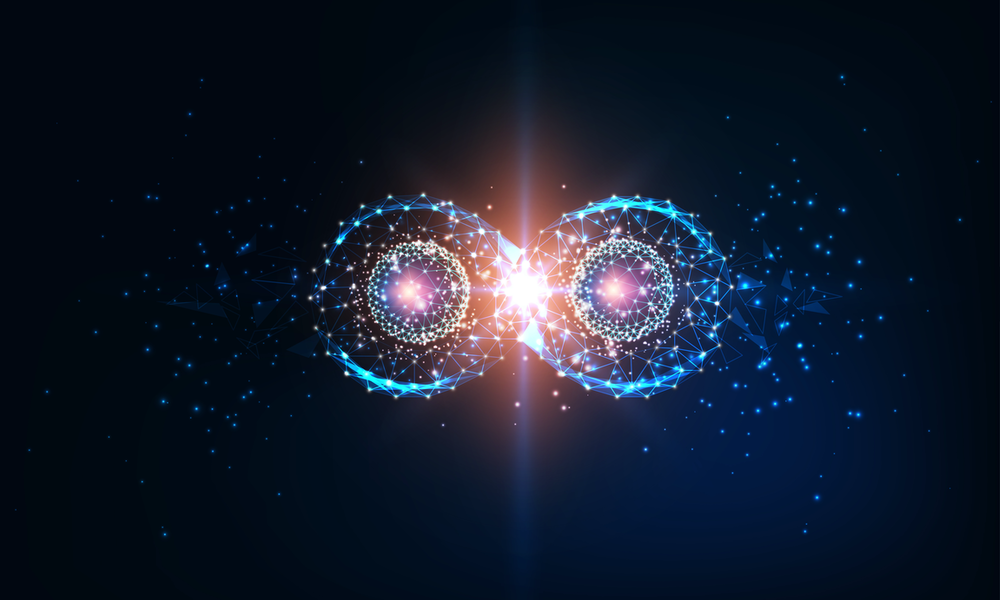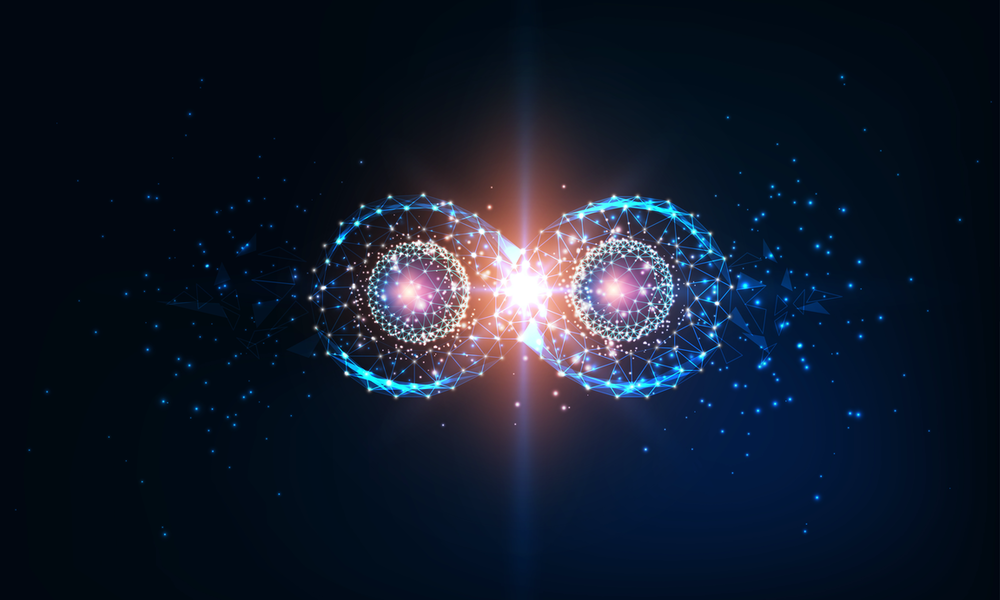Breakthrough Prize for the Physics of Quantum Information…and of Cells
The 2023 Breakthrough Prize in Fundamental Physics was awarded last week to four pioneers of quantum information theory: Charles Bennett, Gilles Brassard, David Deutsch, and Peter Shor. The work of this quartet supplied much of the theoretical basis for quantum information technologies, such as quantum computing and cryptography.
The Breakthrough Prizes are sponsored by entrepreneurs Sergey Brin, Priscilla Chan and Mark Zuckerberg, Julia and Yuri Milner, and Anne Wojcicki, and are awarded annually. Other prizes are given in the life sciences (see below) and mathematics—with each category receiving $3 million to be shared among the winners. The monetary value is one of the highest of any science award, but the cachet of the Breakthrough Prizes does not yet parallel that of the Nobel Prizes (for which these same quantum information pioneers are regularly tipped).
Kicking Off Quantum Information Science
The idea of using the laws of quantum mechanics for computation was proposed in 1982 by Richard Feynman. But Deutsch—who is at the University of Oxford, UK—is often credited with establishing the conceptual foundations of the discipline. Computer bits that obey quantum principles, such as superposition and entanglement, can carry out some calculations much faster and more efficiently than ones that obey classical rules. In 1985 Deutsch postulated that a device made from such quantum bits (qubits) could be made universal, meaning it could simulate any quantum system. Deutsch framed his proposal in the context of the “many worlds” interpretation of quantum mechanics (of which he is an advocate), likening the process of one quantum computation to that of many parallel computations occurring simultaneously in entangled worlds.
To motivate further work in quantum computing, researchers at the time needed problems that a quantum computer could uniquely solve. “I remember conversations in the early 1990s in which people would argue about whether quantum computers would ever be able to do anything really useful,” says quantum physicist William Wootters of Williams College, Massachusetts, who has worked with Bennett and Brassard on quantum cryptography problems. “Then suddenly Peter Shor devised a quantum algorithm that could indeed do something eminently useful.”
In 1995 Shor, who is now at the Massachusetts Institute of Technology, developed an algorithm that could factorize large integers—decompose them into products of primes—much more efficiently than any known classical algorithm. In classical computation, the time that it takes to factorize a large number increases exponentially as the number gets larger, which is why factorizing large numbers provides the basis for today’s methods for online data encryption. Shor’s algorithm showed that for a quantum computer, the time needed increases less rapidly, making factorizing large numbers potentially more feasible. This theoretical demonstration “immediately injected energy into the field,” Wootters says. Shor has also made important contributions to the theory of quantum error correction, which is more challenging in quantum than in classical computation (see Focus: Landmarks—Correcting Quantum Computer Errors).
“Without Deutsch and Shor we would not have the field of quantum computation as we know it today,” says quantum theorist Artur Ekert of the University of Oxford, who considers Deutsch his mentor. “David defined the field, and Peter took it to an entirely different level by discovering the real power of quantum computation and by showing that it actually can be done.”
Data encryption is the topic cited for the award of Bennett (IBM’s Thomas J. Watson Research Center in Yorktown Heights, New York) and Brassard (University of Montreal, Canada). In 1984 the pair described a protocol in which information could be encoded in qubits and sent between two parties in such a way that the information could not be read by an eavesdropper without that intervention being detected. Like quantum computing, this quantum cryptographic scheme relies on entangling qubits, meaning that their properties are interdependent, no matter how far apart they are separated. This “BB84” protocol and similar quantum encryption schemes have now been used for secure transmission of data along optical networks and even via satellite over thousands of kilometers (see Focus: Intercontinental, Quantum-Encrypted Messaging and Video).
In 1993 Bennett and Brassard also showed how entanglement may be harnessed for “quantum teleportation,” whereby the state of one qubit is broadcast to another distant one while the original state is destroyed (see Focus: Landmarks—Teleportation is not Science Fiction). This process too has applications in quantum information processing.
“I am really gratified by this award because it recognizes the field of quantum information and computation,” Shor says. Deutsch echoes the sentiment: “I’m glad that [quantum information] is now officially regarded as fundamental physics rather than as philosophy, mathematics, computer science, or engineering.”
Deutsch, Shor, Bennett, and Brassard deserve recognition for their work, and “I’m delighted that they’re getting it,” Wootters says. He notes that their research not only inspired the development of quantum technologies, but also influenced new research in quantum foundations. “Quantum information theory views quantum theory through a novel lens and opens up a new perspective from which to address foundational questions.”
Physics of the Cell
This year’s Breakthrough Prize in Life Sciences has a strong physical sciences element. The prize was divided between six individuals. Demis Hassabis and John Jumper of the London-based AI company DeepMind were awarded a third of the prize for developing AlphaFold, a machine-learning algorithm that can accurately predict the 3D structure of proteins from just the amino-acid sequence of their polypeptide chain. Emmanuel Mignot of Stanford University School of Medicine and Masashi Yanagisawa of the University of Tsukuba, Japan, were awarded for their work on the sleeping disorder narcolepsy.
The remainder of the prize went to Clifford Brangwynne of Princeton University and Anthony Hyman of the Max Planck Institute of Molecular Cell Biology and Genetics in Germany for discovering that the molecular machinery within a cell—proteins and RNA—organizes by phase separating into liquid droplets. This phase separation process has since been shown to be involved in several basic cellular functions, including gene expression, protein synthesis and storage, and stress responses.
The award for Brangwynne and Hyman shows “the transformative role that the physics of soft matter and the physics of polymers can play in cell biology,” says Rohit Pappu, a biophysicist and bioengineer at Washington University in St. Louis. “[The discovery] could only have happened the way it did: a creative young physicist working with an imaginative cell biologist in an ecosystem where boundaries were always being pushed at the intersection of multiple disciplines.”
–Philip Ball
Philip Ball is a freelance science writer in London. His latest book is How Life Works (Picador, 2024).





